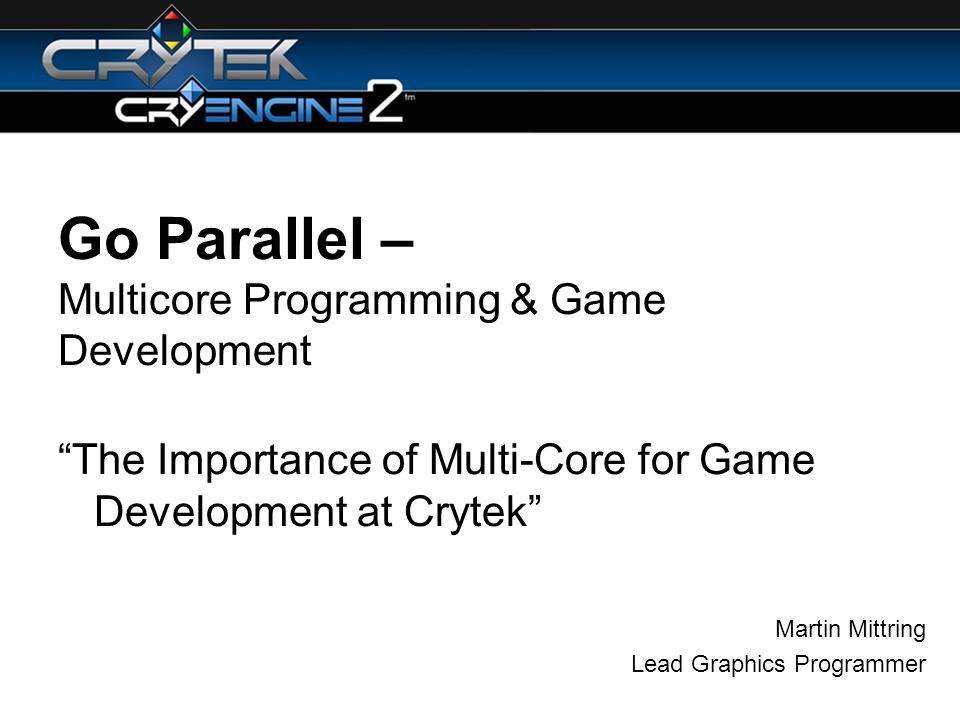Graphics programming is a fundamental aspect of game development, encompassing the creation and rendering of visual images, animations, and special effects. It is critical to the player’s experience, as a poorly designed game with uninviting graphics is unlikely to attract many users, regardless of the quality of the gameplay mechanics. Graphics programming has evolved significantly over time as technology has advanced, leading to widespread use of 3D graphics in modern games, advancements in shader technology, and the development of real-time ray tracing, allowing for accurate lighting and immersive gameplay environments. Despite the challenges faced in creating lifelike graphics, developers now have access to advanced rendering engines and development tools, enabling them to create high-quality games with stunning visuals.
The Importance of Graphics Programming in Game Development
Game development is a complex and intricate process that requires a combination of skills and knowledge from various disciplines. Graphics programming is one of the most crucial components of game development because it brings the game world to life and makes it immersive for the player. In this article, we will explore the importance of graphics programming in game development, its challenges, and how it has evolved over time.
What is Graphics Programming?
Graphics programming is the art and science of creating visual images using computer hardware and software. In game development, graphics programming involves creating and rendering 2D or 3D images, animations, and visual effects that make the game look visually appealing and immersive. The goal of graphics programming is to make the game world look believable, vibrant, and interactive.
Graphics Programming in Game Development
Graphics programming is one of the most important components of game development because it impacts the player’s experience directly. A poorly designed game with unappealing graphics will fail to attract players, no matter how good its gameplay mechanics are. Also, graphics programming is essential in creating an immersive and believable game environment, which is crucial in enhancing the player’s engagement and sense of presence.
Graphics programming in game development comprises various elements, such as:
- Rendering Engines: These are software libraries that enable game developers to create and render 2D or 3D images in real-time. Rendering engines provide the tools and functionalities necessary to create models, textures, lighting effects, and special effects that are required in game development. Examples of popular game engines include Unity, Unreal Engine, and CryEngine.
- Shaders: Shaders are small programs that run on the graphics processing unit (GPU) and are responsible for creating visual effects such as shadows, reflections, and transparency. They work by manipulating the pixel colors in an image to produce the desired visual effect. Shaders are essential in creating realistic graphics in modern games.
- Animation: Animation is the process of creating motion in 2D or 3D models. It involves the specification of keyframes or poses that define the position, rotation, and scale of an object in each frame of an animation sequence. Animation is crucial in creating lifelike movements of characters and objects in a game environment.
Challenges in Graphics Programming
Graphics programming presents significant challenges in game development, some of which include:
- Performance: Modern games require high-performance graphics to render lifelike images, animations, and visual effects. This poses a significant challenge in game development because of the constraints of hardware performance and memory. Game developers must balance the appearance of visual effects against the performance of the game to ensure a smooth and responsive experience for the player.
- Compatibility: Graphics programming must also account for compatibility issues across different hardware and software platforms. This involves creating graphics that work seamlessly on multiple devices with different operating systems, graphics cards, and drivers.
- Realism: Creating realistic graphics in games is a considerable challenge because it involves replicating complex physical phenomena such as lighting, shadows, reflections, and refractions. Game developers must employ techniques such as ray tracing, global illumination, and physically based rendering to achieve lifelike graphics.
Evolution of Graphics Programming in Game Development
Graphics programming has evolved significantly over the years with advancements in technology and software. Game developers have access to advanced rendering engines, development tools, and APIs that make it easier to create lifelike and immersive graphics. Some of the notable changes in graphics programming over the years include:
- The Rise of 3D Graphics: In the early days of gaming, most games were 2D with pixelated graphics. However, advancements in technology have led to the widespread use of 3D graphics in modern games, which allows for more complex environments and lifelike characters with realistic movements.
- Advancements in Shaders: Shaders have become more powerful, and game developers can now create complex and realistic visual effects such as reflections, shadows, and transparency. This has led to the development of more visually stunning games.
- Real-time Ray Tracing: Real-time ray tracing is the holy grail of graphics programming, and it allows for the realistic simulation of light in a game environment. Ray tracing provides more accurate lighting, reflections, and shadows that make games look more realistic and immersive.
Conclusion
Graphics programming is a crucial aspect of game development that impacts the player’s experience directly. From creating lifelike 3D environments to rendering realistic visual effects, graphics programming is essential in enhancing the game’s immersion and engagement. Despite the challenges that game developers face in creating lifelike graphics, advancements in technology and software have made it easier than ever before to develop high-quality games with stunning visuals.
